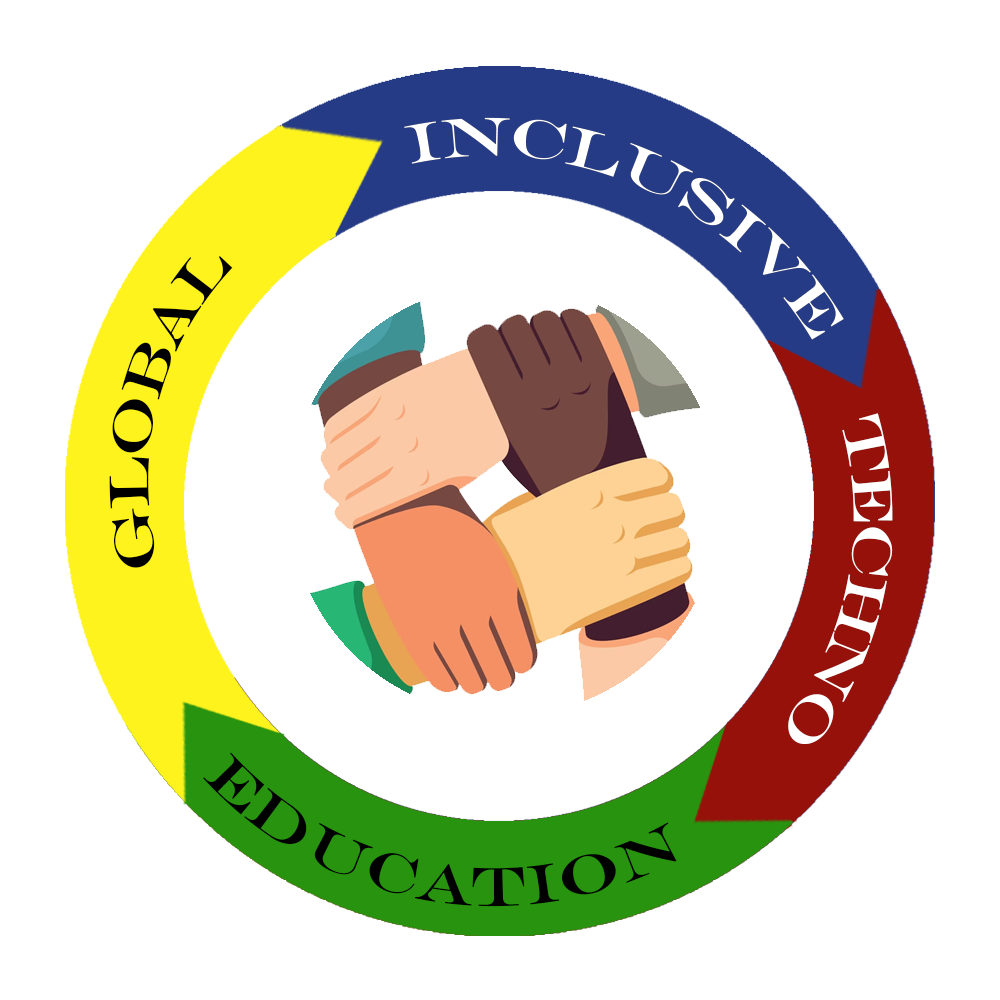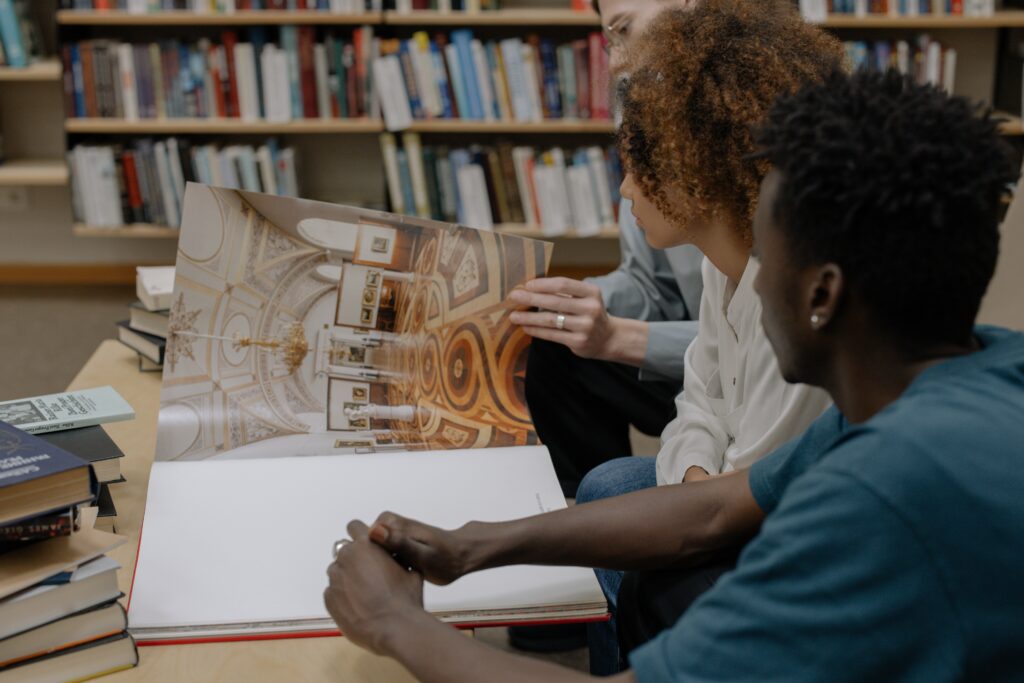Dyscalculia is a learning disability that specifically affects students’ ability to understand numbers and learn math facts.
GLOBAL INCLUSIVE TECHNO EDUCATION GROUP’s plan is to serve as a blueprint to work with educational partners to provide direction and expectations as we strive to improve the academic achievement of students with disabilities, enhance special education programs and provide an integrated system of general supervision of the Individualized Education Program(IEP) process.
Warning Signs and Symptoms

In Preschool
Having a hard time while learning to count Having trouble sorting Write numbers upside down Difficulty recognizing symbols of the numbers, for instance, cannot associate “4” to the concept “four.” Cannot associate numbers with real-life situations or objects, such as inability to connect number “2” to two candles, two books, etc. Difficulty with the comprehension of numbers Incorrect or reverse symbols, such as writing 6 instead of 9 or 3 instead of 8 Difficulty classifying objects by size and shape Trouble with auditory memories of various numbers Confusing numbers that sound similar Problems with the number sequence like omitting a number or repeat a number twice, such as 1, 2, 3, 3, 5, 6, 8 May not able to start counting from the middle, such as start counting from five or six; instead, they start counting by writing the numbers from first to four or recalling the sequence starting from one in their mind

Kindergarten and Middle School
Inability to remember or even learn basic arithmetic structures such as 2+2=4; Cannot recognize words such as ‘less than’ or ‘greater than.’; Relying on their fingers to count; Difficulty using mathematical symbols and confuse one with another such as confusing – with +; Cannot recognize numbers properly; Cannot remember or understand the rules or procedures for solving fundamental maths problems; Start solving problems in the wrong order; for instance, start dividing the number from the right instead of left or adding or subtracting numbers from the left instead of right; Have trouble with reasoning, such as answer after subtraction is larger than the original numbers; Difficulty carrying when adding or subtracting numbers children with dyscalculia don’t understand the decimals or numeric series; Difficulty performing basic maths operations in their head; Cannot remember the previously encountered patterns; Trouble with lining up the problems, for instance, children with maths dyslexia may not know how to make a horizontal addition problem (3+6=?) vertical; similar errors occur while multiplication and division where the numbers get transposed or interchanged; Cannot understand dictated or spoken problems (For instance, Mike has 7 oranges, and he gave 4 to Jennet. How many oranges are with Mike now?) Kids with dyscalculia cannot understand the main idea of the problem and have trouble visualizing the information they heard; Face anxiety while performing maths tasks; May face more general difficulties like telling time or directions.

In High School
Difficulty applying mathematical concepts in real life, for instance, creating a budget, how much to pay after purchasing few things from one place, making change, etc; Difficulty measuring variables, for instance, how much 500ml milk, 250g of flour, or ½ kg of sugar corresponds to; Trouble understanding information from charts, maps, and graphs, Disorientation or poor orientation; often gets lost due to poor sense of direction; Poor driving skills as cannot accurately calculate speed or distance; Inability to use multiple approaches for a single problem or to use multiple formulae to solve one equation Face anxiety while performing mathematical tasks;

in Adult
May find it hard counting backward; Have trouble remembering simple or basic facts, Weak understanding of numbers and estimations; Struggling to understand the place value of a digit Slow with calculations as compared to other people of the same age, Poor mental arithmetic skills Suffering from extreme math anxiety.
Diagnostic of Dyscalculia
Dyscalculia Diagnosis
Dyscalculia is a learning disorder that impairs the natural development of a person’s arithmetic skills.
Successful intervention depends on the successful diagnosis. To diagnose dyscalculia, it must be understood how it affects the brain.
Effects of dyscalculia on brain
Dyscalculia is a neuronal dysfunction in the brain’s intraparietal sulcus. This learning disorder causes a pattern of cognitive deterioration and results in the following skills deficits.
Working memory – The working memory is the temporary storage. This cognitive skill refers to a person’s ability to manipulate information to perform complex tasks. The deficit in this cognitive skill results in difficulty following directions,
incomplete memories, low concentration, inability to remember numbers, forgetting tasks and instructions, and delayed mental arithmetic.
Concentration – There is a structural deficit in neural connections related to the mind’s sharpness and inhibition, making it harder to concentrate. Losing focus makes learning maths a nightmare for the child.
Short-term memory – Short-term memory is the ability to remember small information for a very short time. A deficit in this ability makes maths problems a nightmare for kids. They could forget the numbers or symbols halfway through the calculations. They are also unable to remember multiplication tables.
Divided attention – This skill is related to the ability to multitask. A deficit in this skill means the child can get distracted easily and get tired quickly.
Planning – This cognitive skill helps with planning events and anticipates outcomes. Deterioration in this cognitive skill results in an inability to plan and finish exercises correctly.
Processing speed – The brain’s processing speed implies how much time a child’s brain takes to receive, realize, and respond to a piece of information. This information can be a mathematical equation, an exercise, or a visual representation of numbers. The processing speed of children without any learning
disabilities is quicker, and they finish the process automatically. A child with a learning disorder such as dyscalculia requires more time to process and understand the information.
Naming – This cognitive skill implies the ability to memorize a number or symbol with its name and recall it easily for use later. Children with a deficit in this skill cannot remember or recall numbers while solving a maths problem.
Dyscalculia Test
It is essential to rule out other possibilities before you check your child for dyscalculia. For instance, visit a doctor and check if your child has any visible or hearing problems affecting your kid’s arithmetic abilities or number sense.
You must also get in touch with your child’s teachers to find out if the kid is facing any trouble in other subjects.
Once you are confident that your child may have dyscalculia, you must see a learning specialist for diagnosis. As dyscalculia falls under the category of SLD (specific learning disorder) section, a child must meet the four criteria for diagnosis:
- The child started to face learning difficulties in school.
- The affected academic skills of the child are below compared to other children of the same age, resulting in difficulty with everyday tasks, school, homework, or day-to-day activities.
- A child with dyscalculia shows one or more of the six specified symptoms related to learning difficulties and academic skills usage.
- Other factors and medical conditions must be tested for and ruled out, including neurological disorder, psychosocial adversity, intellectual disabilities, and lack of proper instruction.
Once these conditions are met, your child is ready for a dyscalculia test. The test analyzed four significant elements:
- Fluency in maths: Can the child recall basic math facts without too much effort, such as 5 X 5 = 25 or adding fractions?
- Computational skills: Can your child perform basic maths operations? Younger kids may have trouble with addition or subtraction, while older children may have difficulty with mathematical problems such as fractions, decimals, squares, and square roots.
- Quantitative Reasoning: Can your kid understand word problems easily and solve them?
- Mental Computation: Can your child perform basic math operations and problems in their head?
Treatment of Dyscalculia
Just like dyslexia, the best treatment for dyscalculia is an early diagnosis. The sooner dyscalculia is diagnosed, the sooner you can provide your kids with all the tools to adapt to a new learning process to not fall behind.
Learning disabilities cannot be cured by medication. Dyscalculia, just like dyslexia, is also incurable. However, the treatment offers special instructions, interventions, and accommodations. The primary goal of treatment is to fill the knowledge gap among kids with dyscalculia and help them develop a coping mechanism throughout their lives.
Recommendations
Education psychologists and learning specialists have recommended these tools for children with dyscalculia:
- Teaching plans that are specially designed for kids with dyscalculia
- Learning games based on mathematics
- Keep practicing math skills more than other students
-
Accommodations
Students with dyscalculia are eligible for certain accommodations in the classroom under the IDEA (Individuals with Disabilities Education):
- Allowing calculators
- Adjusting assignment’s difficulty
- More time to finish tests and assignments
- Work on child’s foundational and core skills
- Quiet workspace
- Can opt to record lectures
- Using posters for teaching and reminding fundamental math facts and concepts
-
- Supplemental information is available via hands-on projects and computer-based interactive lessons
If dyscalculia does not get treated during childhood, it keeps up into adulthood. Dyscalculia in adults results in many hardships as they try to get higher education or aim for workplace success.
Therefore, dyscalculic adults deserve specific accommodations in their workplaces as per the ADA (Americans with Disabilities Act).

